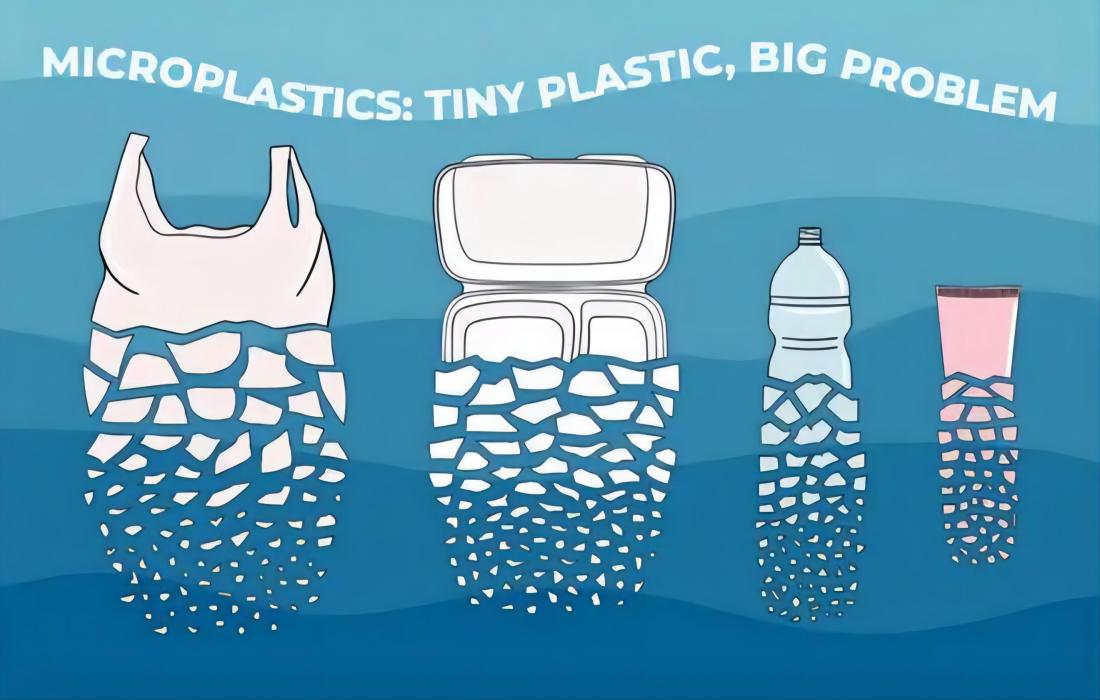Microplastics Found in Human
Humans find microplastic on the European society of gastrointestinal problems. According to the researchers report, for the first time it can detect nine different types of microplastics in human’s waste, which are between 50-500 microns in diameter, various types including our life common polypropylene (PP), polyethylene (PE), polyethylene terephthalate (PET), etc. The study suggests that plastic ends up in the intestines and intestines, with scientists estimating that 50 percent of the population contains microplastics.
The “microplastic” found in the human body is a form of plastic processing. Its particle size is less than 5mm, and the extremely small size makes it difficult to notice the existence of it. They are from our food, bottles of water, cosmetics, furniture and so on.
In fact, in previous studies, scientists have found plastic particles inside a variety of Marine life, which have affected or killed more than 600 species of Marine life: whales, turtles, dolphins, lobsters and a variety of fish.
Now it’s found in human feces, blood, lungs, and even placenta, giving you a sense how serious plastic pollution is. People call for a life of “ Less plastic, More 3R: Reduce. Reuse. Recycle.”

Food packaging
Remember: Reduce, Reuse, Recycle
Almost all food that we buy comes in packaging. Food packaging plays a primary role in ensuring safety in the food supply. Unfortunately, most food packaging that is made from plastic, is typically thrown away rather than reused or recycled. After it is used, most packaging is discarded and is either buried in a landfill or becomes litter that is carried along by wind and water currents into the environment.
Packaging sent to landfills, especially when made from plastics, does not degrade and stays with us forever causing harm to our planet and innocent creatures.
Packaging for food which are made of plastic even cause the problem of microplastics. When they are harmful for our health, what should we do?
Reduce to use plastics
For food safety and hygiene, Green Olive has implemented a rigorous quality control system from incoming material. Bagasse is the fibrous material that remains after the juices are removed from the sugarcane stalk. It is considered a rapidly renewable resource, the same classification as bamboo. Rapidly renewable resources can be regenerated in under 10 years. Bagasse is a sustainable eco-friendly product instead of plastics because it is sourced with very little impact on the environment.
Reuse & Recycle
Green Olive disposable food packaging focuses on offering the most sustainable packaging solutions possible on the planet. Our 100% certified biodegradable & compostable food packaging is a safe & eco friendly alternative to single-use plastic. All of our products decompose within 90 days.
In Green Olive, all our products and processes aim to benefit the consumers’ health and our planet. We believe in following the concept of nature by creating in an infinite cycle without plastics pollution. Green Olive has a wide variety of compostable and biodegradable products from disposable cups, plates, bowls to disposable boxes which are perfect for food services.
Contact us and start your 3R with the first step!

